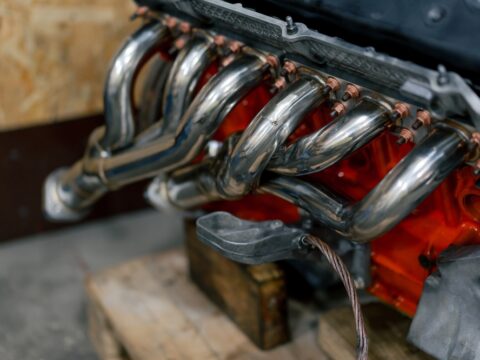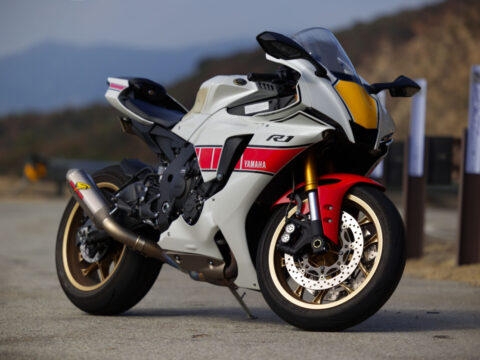Some high-performance sports cars, despite their incredible speed and engineering, have faced significant aerodynamic challenges. From poorly designed spoilers to inefficient airflow management, these issues can impact handling, stability, and overall performance. In this article, we explore 19 notable aerodynamic failures that have affected some of the most iconic sports cars on the road.
Contents
Porsche 911 GT2 (1995-1998) Spoiler Design
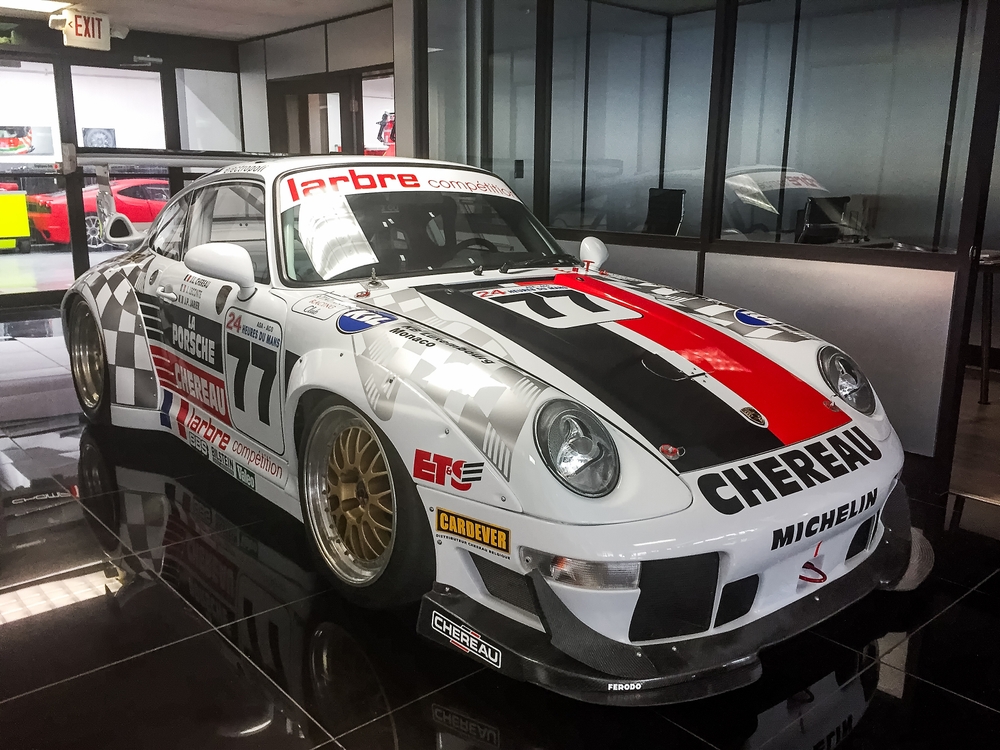
The Porsche 911 GT2 is known for its incredible power, but the spoiler design on the 1995-1998 models caused significant aerodynamic instability. The large rear wing, intended to improve downforce, instead created drag and reduced cornering efficiency. In high-speed conditions, it would generate lift instead of keeping the car grounded. This compromised the car’s stability on sharp turns and at high velocities. Porsche later redesigned the spoiler to enhance balance.
Bugatti Veyron (2005) Air Brake Malfunction
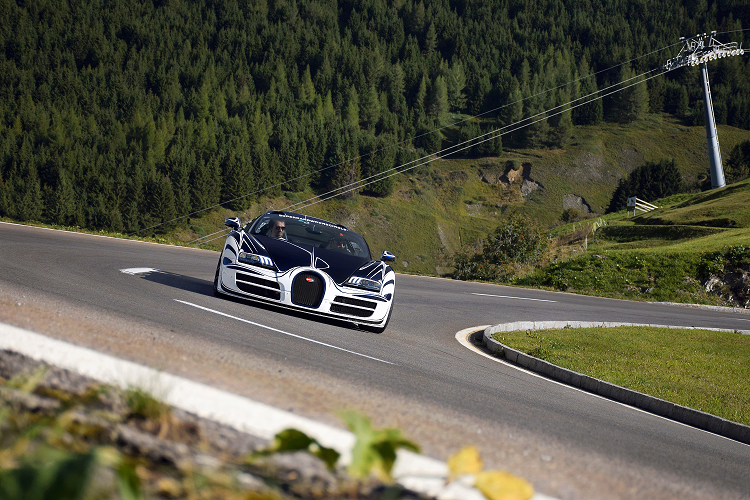
The Bugatti Veyron was a marvel of engineering, but its air brake system initially had flaws. When deployed, the air brake was supposed to slow the vehicle dramatically, but at high speeds, it created turbulence around the car. This turbulence led to reduced braking efficiency, which increased stopping distances during crucial moments. Bugatti fixed this in later iterations, but early models exhibited these aerodynamic issues.
Ferrari 348 (1989-1995) Rear Diffuser Problems

Ferrari’s 348 was marketed as a high-performance sports car, yet it suffered from aerodynamic inefficiencies due to its poorly designed rear diffuser. The diffuser failed to properly channel airflow, which resulted in instability at high speeds. This created lift at the rear, making the car harder to control during spirited driving. Ferrari addressed this issue in later models by refining the design.
McLaren F1 (1992) Roof Scoop Turbulence
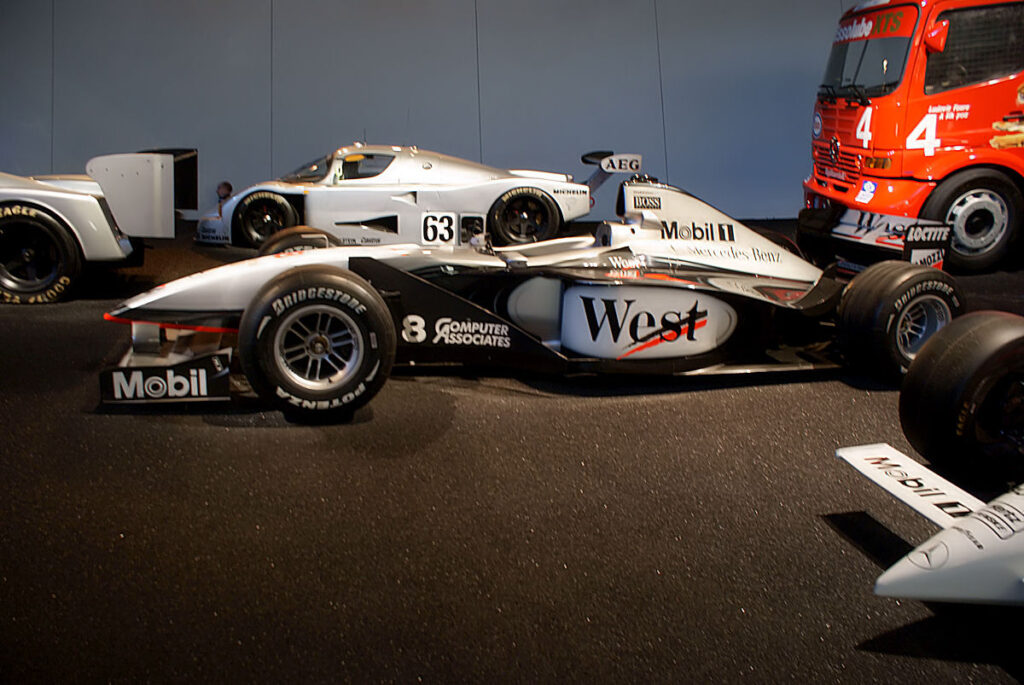
The McLaren F1, one of the fastest cars of its time, experienced turbulence caused by its roof scoop. While the scoop was meant to channel air to the engine, it also disrupted airflow over the car’s body. This disruption increased drag and affected the car’s overall aerodynamic efficiency. Although the car’s performance was still remarkable, the turbulence limited its top speed potential.
Chevrolet Corvette C5 (1997-2004) Lift at High Speeds

The C5 Corvette was known for its speed, but it had a significant aerodynamic issue: lift. At speeds over 150 mph, the car experienced noticeable front-end lift, which reduced downforce and compromised handling. This made the car difficult to control, especially on high-speed tracks or during aggressive driving. Chevrolet improved this with the C6 by redesigning the front fascia to manage airflow better.
Lamborghini Countach (1974-1990) Rear Wing Drag

The Lamborghini Countach was a design icon, but its enormous rear wing created excessive drag. While it was visually striking, the wing was not as effective at generating downforce as intended. Instead, it increased the car’s aerodynamic drag coefficient, reducing top speeds. This trade-off between aesthetics and performance led Lamborghini to reevaluate wing designs in subsequent models.
Lotus Esprit V8 (1996-2004) Underbody Airflow Issues

The Lotus Esprit V8 suffered from poor underbody airflow management, which hampered its handling. The car’s design did not adequately channel air beneath the chassis, creating lift that destabilized the car during high-speed maneuvers. This made the Esprit difficult to handle on twisty roads, particularly during hard cornering. Lotus eventually corrected the issue by adding aerodynamic aids like underbody diffusers.
Dodge Viper GTS (1996-2002) Excessive Drag from Side Exhausts

The Dodge Viper GTS was famed for its aggressive styling and side-exit exhausts, but these features created aerodynamic drag. The exhaust placement disrupted the car’s airflow, increasing resistance and reducing overall top speeds. Although it added to the car’s distinct look, it compromised performance in the process. Later Viper models shifted the exhaust positioning to reduce drag.
Maserati MC12 (2004-2005) Over-reliance on Spoilers
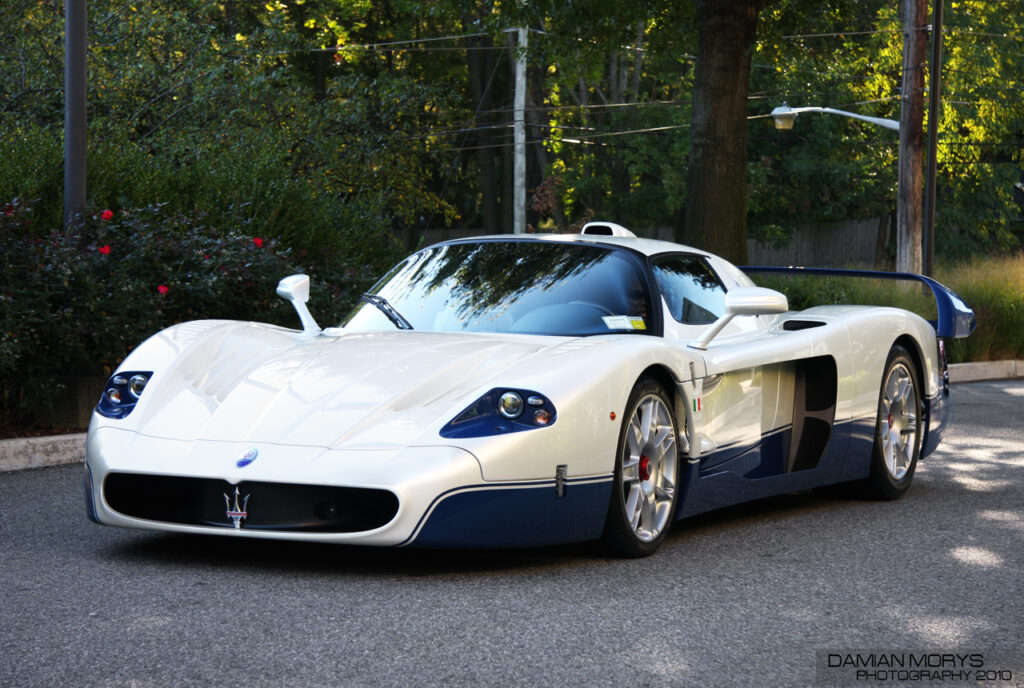
The Maserati MC12, while a stunning and capable machine, relied heavily on its large rear spoiler to manage downforce. This over-reliance caused significant drag, reducing the car’s efficiency at high speeds. The aerodynamic drag hindered the car’s potential on the racetrack, especially in comparison to competitors with more refined designs. Maserati made improvements to reduce this effect in future models.
Aston Martin Vantage V600 (1998-1999) Insufficient Ventilation
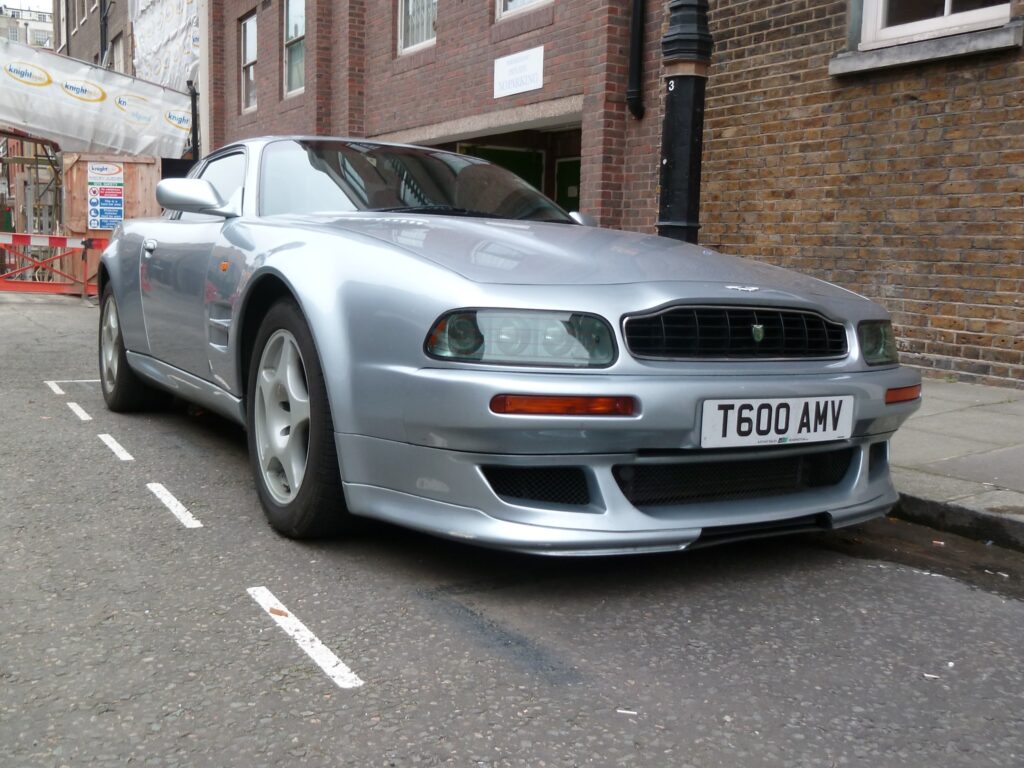
The Aston Martin Vantage V600 struggled with insufficient airflow ventilation across its body, resulting in drag that reduced speed. The car’s large grille and hood vents did not effectively channel air, causing turbulence around the car. This not only reduced speed but also affected cooling, as the design failed to direct air efficiently through the engine bay. Later models addressed the issue with improved venting.
Pagani Zonda C12 (1999-2005) Rear Wing Instability
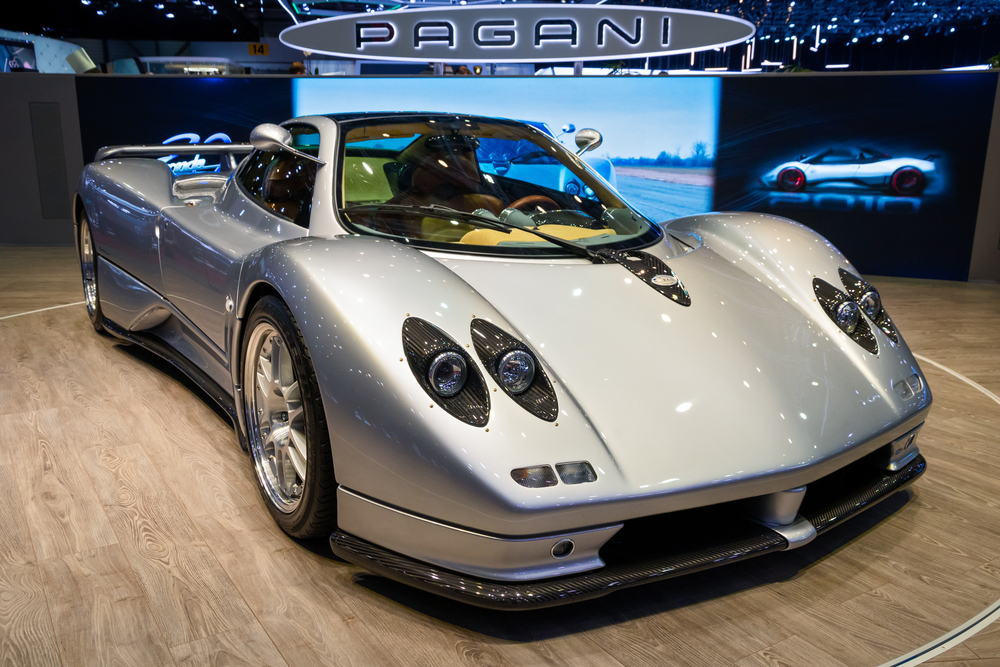
Pagani’s Zonda C12 had a remarkable presence, but the rear wing on early models created instability at high speeds. The wing’s positioning and angle created drag without producing adequate downforce, leading to balance issues. Drivers reported a lack of control during fast turns and when pushing the car to its limits. Pagani revised the wing design in later iterations for better performance.
Nissan GT-R (R35) (2007-present) Drag from Large Grille

The Nissan GT-R R35 is a modern performance legend, but its large front grille creates unnecessary drag. While the grille helps cool the car’s engine, it disrupts the airflow, reducing aerodynamic efficiency. This issue becomes more noticeable at very high speeds, limiting the car’s potential top speed compared to competitors with more streamlined designs. Nissan has continued to refine the design in newer models.
Audi R8 (2006-2015) Unbalanced Downforce
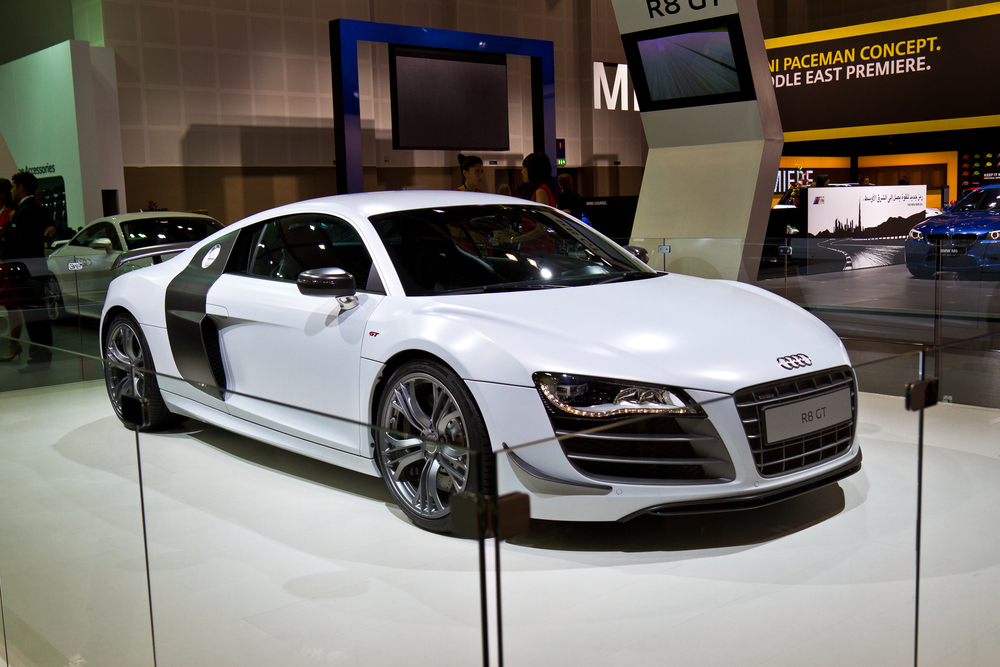
The first-generation Audi R8 suffered from unbalanced downforce between the front and rear. The rear wing generated significant downforce, but the front end lacked similar measures, causing a front-end lift. This imbalance made the car less stable at high speeds and in corners. Audi corrected this in the second generation by introducing a more balanced aerodynamic package.
Mercedes-Benz SLR McLaren (2003-2010) Excessive Front-End Lift
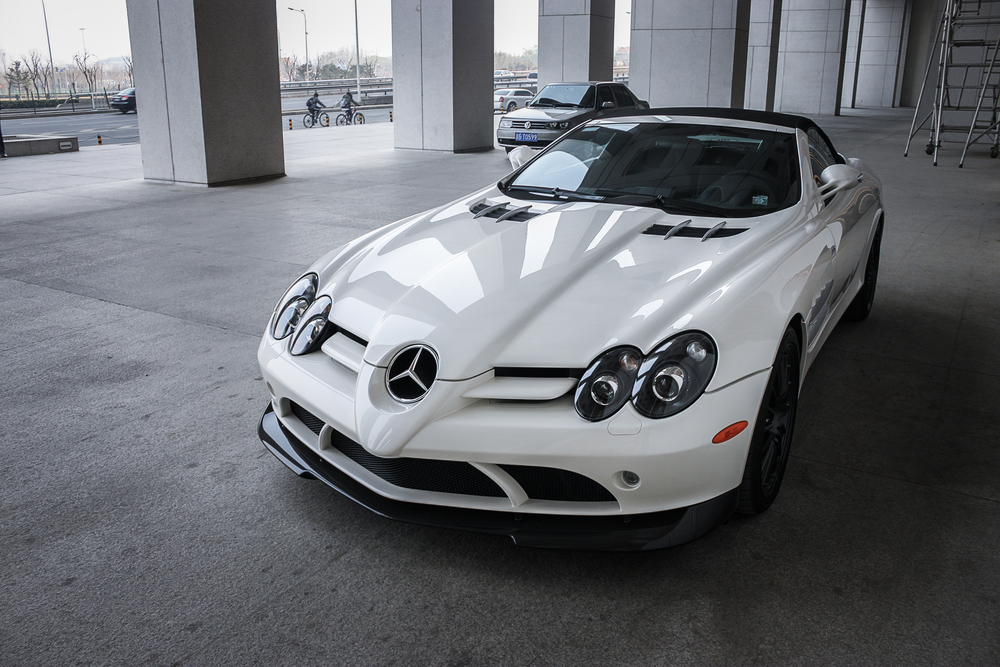
The Mercedes-Benz SLR McLaren, despite its immense power, had issues with front-end lift at high speeds. The long nose design did not manage airflow properly, causing lift that reduced downforce on the front wheels. This affected steering precision and stability, making it harder to control at high velocities. Later aerodynamic enhancements improved the balance of the car.
Jaguar XJ220 (1992-1994) Over-reliance on Side Vents
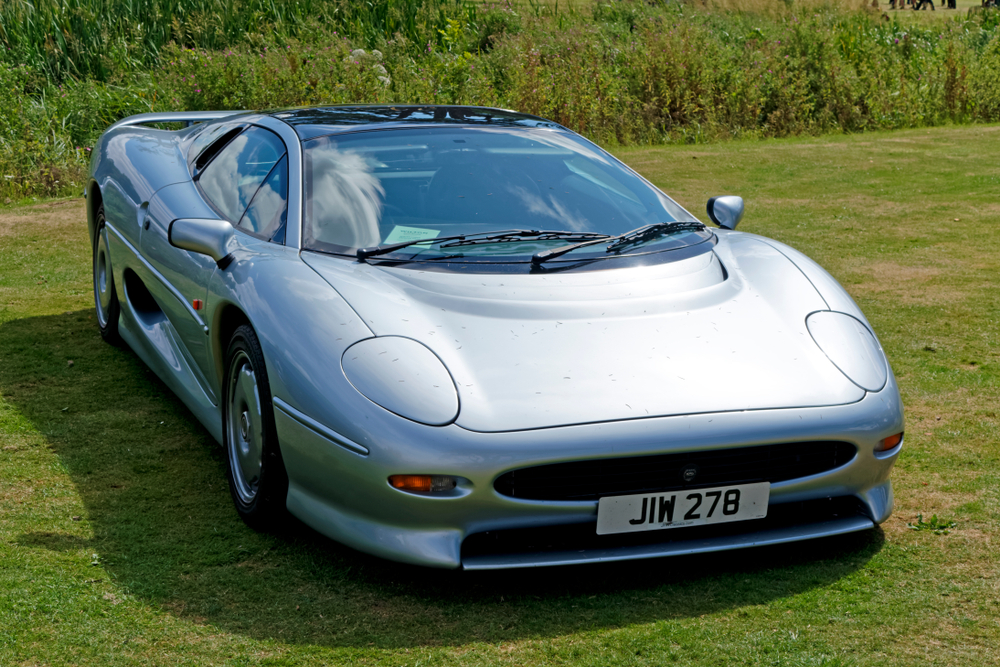
The Jaguar XJ220 was an ambitious supercar, but its side vents caused aerodynamic inefficiencies. These vents, intended to cool the engine, disrupted the smooth airflow along the car’s sides, increasing drag. This reduced the car’s top speed and made it less efficient than its rivals. Jaguar modified the venting system in later models to improve performance.
Koenigsegg CCX (2006-2010) Rear Wing Misalignment
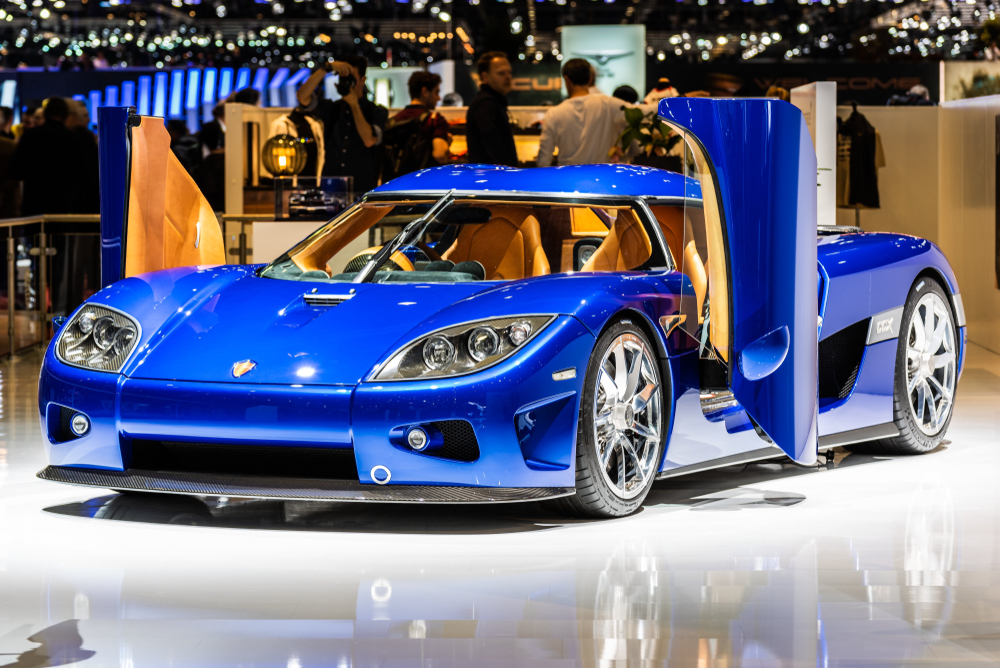
The Koenigsegg CCX had a rear wing that was not perfectly aligned with the car’s body, creating drag and turbulence at high speeds. This aerodynamic flaw reduced the car’s top speed and overall efficiency, limiting its performance potential. Koenigsegg addressed this issue in future models by optimizing wing alignment and design for smoother airflow.
Toyota Supra (A80) (1993-2002) Lift from Flat Undercarriage
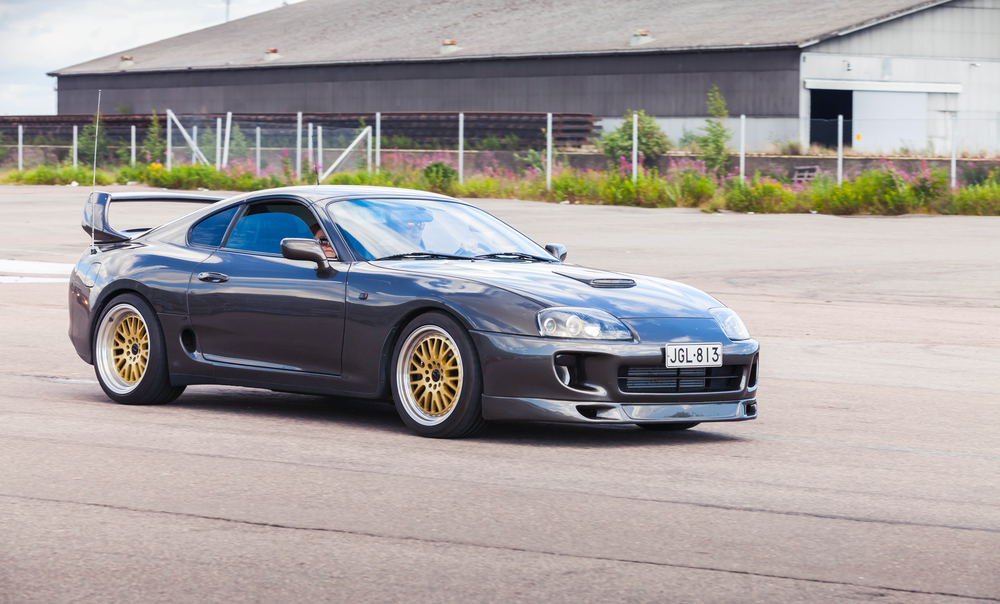
The A80 Toyota Supra, despite its cult status, had a relatively flat undercarriage that generated lift at high speeds. Without proper venting or diffusers to manage airflow, the car struggled to stay planted on the road during fast driving. This made it harder to control at high speeds, especially on racetracks. Toyota improved underbody airflow in later models like the A90.
Alfa Romeo 4C (2013-present) Rear Diffuser Drag
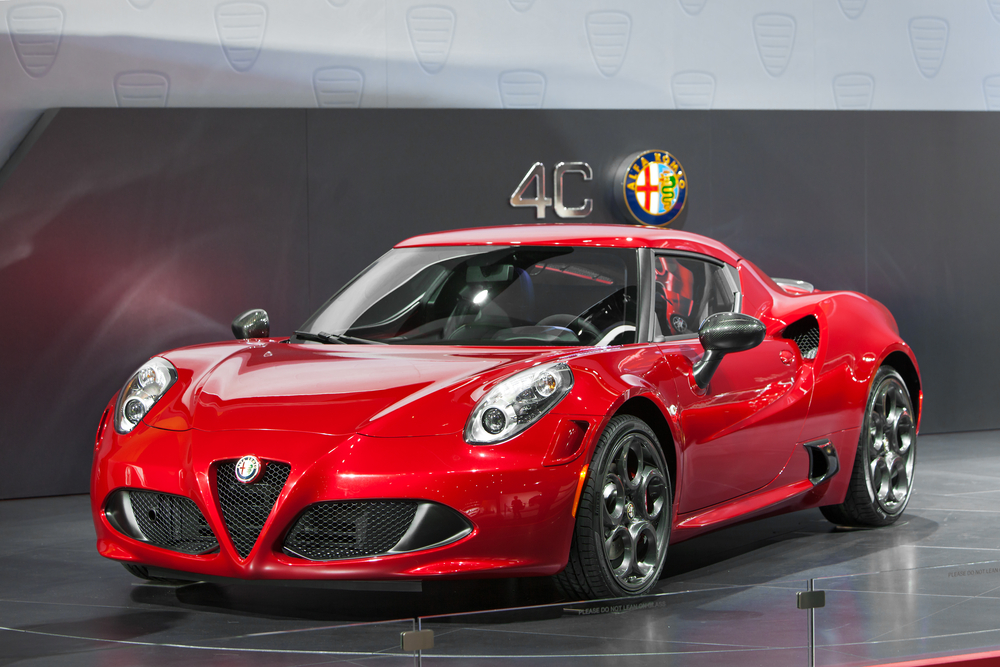
The Alfa Romeo 4C’s rear diffuser, while designed to increase downforce, actually caused drag at high speeds. The diffuser did not channel air as effectively as expected, reducing the car’s aerodynamic efficiency. This hindered the car’s top speed and acceleration, despite its lightweight design. Alfa Romeo made small adjustments to improve airflow in later production runs.
BMW M1 (1978-1981) Lift from Boxy Design
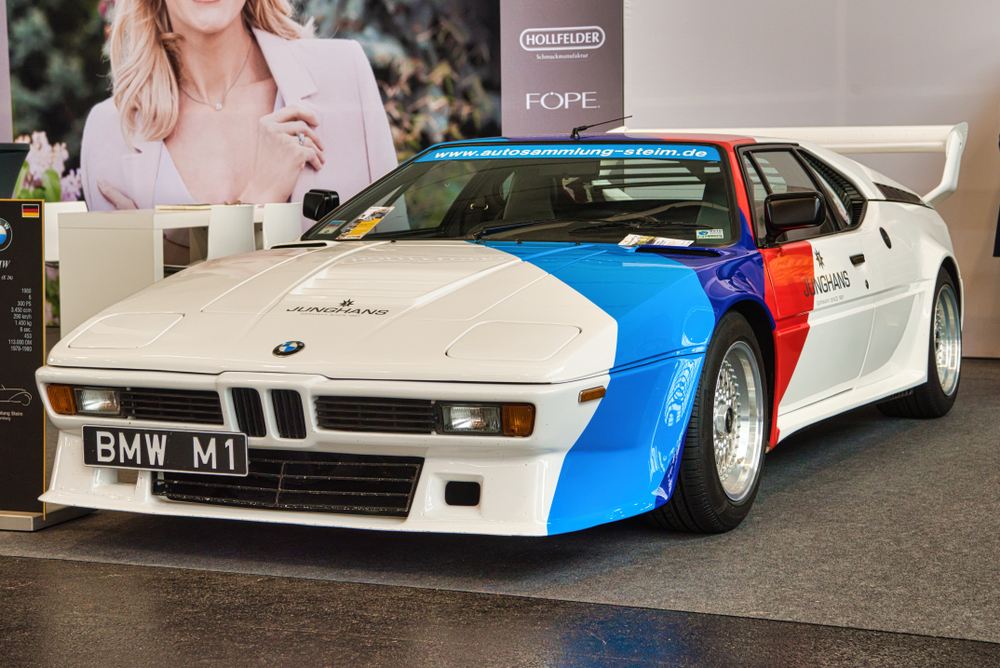
The BMW M1’s boxy design was iconic, but it created significant aerodynamic issues. The sharp angles and lack of smooth contours led to air turbulence, increasing drag and lift. This limited the car’s top speed and reduced downforce, making it harder to control at high speeds. BMW’s later designs incorporated more aerodynamically efficient shapes.
This article originally appeared in MyCarMakesNoise.
More from MyCarMakesNoise
20 Classic Cars That Have Stood the Test of Time
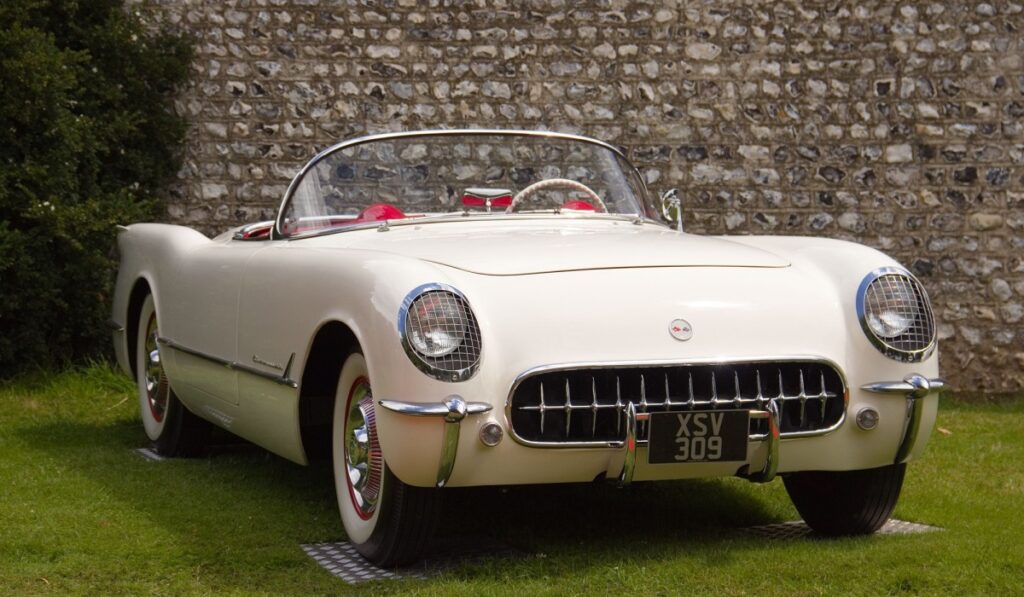
Classic cars have a timeless appeal that goes beyond their looks—they represent a blend of history, innovation, and lasting craftsmanship. Some vehicles have remained iconic through decades, admired for their design, performance, or cultural significance. Read More.
13 Tank Designs That Didn’t Live Up to Their Promises

Tank designs throughout history have aimed to revolutionize warfare, offering unmatched firepower, protection, and mobility. However, not every tank lived up to its promises. Read More.
13 of the Rarest BMW Cars to Ever Hit the Road
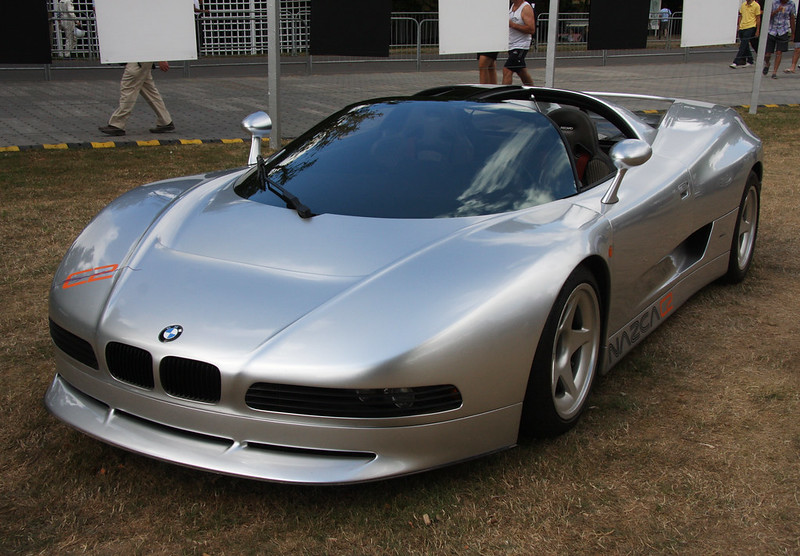
BMW has long been celebrated for its luxury, performance, and innovative design blend. Over the years, the Bavarian automaker has crafted numerous models that not only pushed the boundaries of automotive engineering but also captured the imaginations of car enthusiasts worldwide. Read More.

